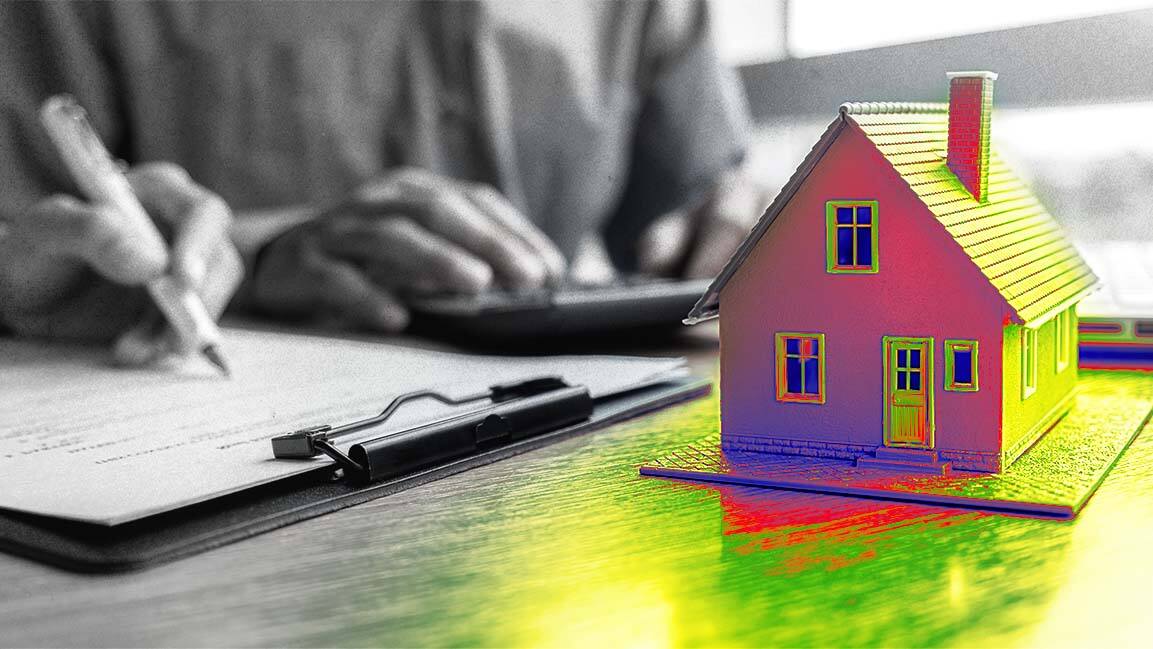
A variety of mega-projects are expected to reshape the Saudi skyline, including residential, commercial, and mixed-use developments. The projects reflect both a long-term commitment to infrastructure growth and an urgent push to address housing demand and commercial space needs spurred by the Kingdom's rapid population growth and increasing urbanization. These ambitious plans are part of the broader initiative to diversify the economy and reduce reliance on oil, aiming for a more balanced and sustainable economic future.
Among the largest projects to be highlighted at Cityscape Global 2024 is the Red Sea Project, a luxury tourism initiative that encompasses resorts, airports, and vast new urban areas. The project, a centerpiece of Saudi Arabia’s efforts to promote tourism as part of Vision 2030, is expected to generate tens of thousands of jobs and attract significant foreign investment. It aligns with the government's push to transform the Kingdom into a global tourism hub. Additionally, new real estate developments surrounding key cities like Riyadh and Jeddah aim to accommodate both local residents and a growing expatriate workforce.
The strong showing of foreign investment in these projects reflects the success of Saudi Arabia’s efforts to make its real estate sector more attractive to international players. One key factor is the Kingdom’s Economic Cities and Special Zones, which offer tax incentives, regulatory flexibility, and other benefits to investors. The government’s focus on creating these hubs is intended to stimulate a wide range of industries, including real estate development, technology, healthcare, and education.
Saudi Arabia's real estate boom is also underpinned by infrastructure development that enhances connectivity across the country. One of the major initiatives is the construction of a new network of roads and railways that will make key cities more accessible and foster greater economic integration. This improvement in transportation infrastructure is expected to significantly boost demand for both residential and commercial properties in the regions surrounding new transportation hubs.
The Kingdom’s ambition to diversify its economy is also reflected in its move toward more sustainable and environmentally-conscious real estate developments. This has led to the introduction of smart city designs and green buildings that align with global trends toward sustainability. New residential communities, for example, are being planned with features that include energy-efficient homes, solar power installations, and water conservation technologies, positioning the Kingdom as a leader in sustainable development in the region.
Another emerging trend is the rise of mixed-use developments, where residential, commercial, and recreational spaces are integrated into one cohesive design. This trend is particularly evident in Riyadh, where a number of developments aim to create self-sustained communities that combine living, working, and leisure spaces in a single location. These mixed-use communities cater to the modern urban lifestyle, which is increasingly focused on convenience and connectivity.
The housing sector remains one of the key areas of growth within the real estate market. Saudi Arabia has launched various housing initiatives aimed at providing affordable options for young Saudi citizens. These initiatives are designed to meet the rising demand for homes driven by population growth and changing demographics, with a focus on making homeownership accessible to first-time buyers. The government's efforts are complemented by partnerships with private developers to ensure the delivery of quality housing across the country.
The flourishing real estate sector is not just a boon for investors and developers but also a crucial part of the broader economic diversification strategy. With many of the large-scale projects designed to integrate various sectors, the real estate boom serves as a catalyst for growth in other industries, such as construction, tourism, hospitality, and retail. The knock-on effects are expected to provide long-term economic benefits, contributing to job creation and the development of local skills and expertise.
Topics
Spotlight
